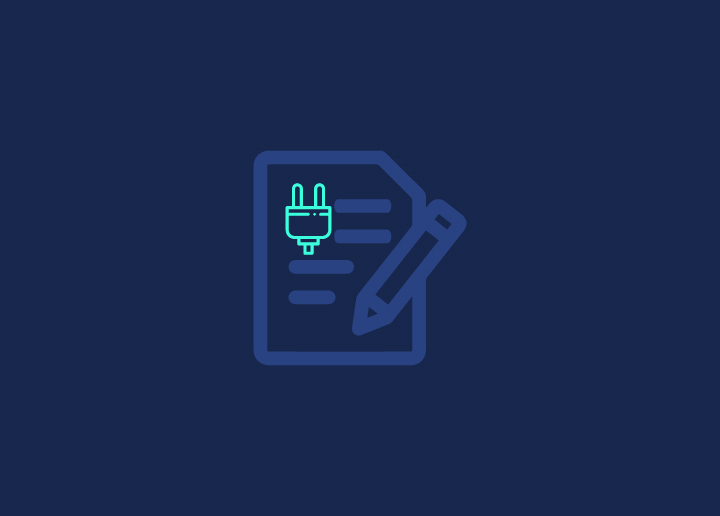We must first enable the Apache mod_rewrite module that manages URL rewrites before we can start creating them. You may configure your URL rewrites by generating an. htaccess file in your website directory after the module has been active.
What is mod_rewrite?
You may set up your website’s specifics using an. htaccess file without having to change the server configuration files. The file will remain hidden within the folder if the file name begins with a period.
The location of the. htaccess file is also crucial. The configurations in that file will impact everything in that file’s directory and the directories below it.
A text editor can be used to construct the. htaccess file. Be careful; give it a name .htaccess without any other name or extension, and then upload it using an FTP client to your website.
You may also use this command to generate your .htaccess file in the terminal, changing example.com with the name of your website.
How to allow modifications to the .htaccess file?
Open the configuration file first to enable the .htaccess file to override default website configurations. Note: To complete this step, you must have sudo capabilities.
Once there, locate the following section and modify the AllowOverride line from None to All.
All your sites will now have access to .htacess files when you save and close that file and restart apache.
You are now ready to rewrite the URLs for your website.
Tips for Rewriting URLs of mod_rewrite
The .htaccess file is where the entire URL rewriting process happens.
Overall, the pattern shared by all URL rewrite instructions is as follows:
Substitution of the RewriteRule Pattern [OptionalFlags]
Here is a brief description of each component:
Rewrite Rule: This is where you enter the name of the mod_rewrite directive you intend to use.
Pattern: Using regular expressions, this part interprets the requested URL. This article does not cover regular expressions; however, you can find a helpful tutorial here.
Substitution: This is the real URL of the page that contains the data we wish to display. Due to PHP parameters or long strings of numbers, it could be difficult to memorize or unclear.
Optional Flags: A flag is a tag that can alter how the expression behaves and is added at the end of the Rewrite Rule directive.
Using mod_rewrite is worthful.
There is some work involved in using Apache’s mod_rewrite function. You must tinker with text-based configuration files, learn how to manually stop and restart the service, and find out how to include extremely tricky regular expressions into those files. Before you find anything that doesn’t lead to an error and behave appropriately, it probably takes a lot of trial and error.
Mod_rewrite will help you get the hang of it. Your URLs will be more accessible for people to remember, and Google will give you a higher position. The resulting “beautiful URLs” serve more than aesthetic purposes.
Head to Seahawk Media to learn more about Setting up mod_rewrite.


















